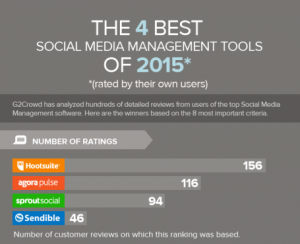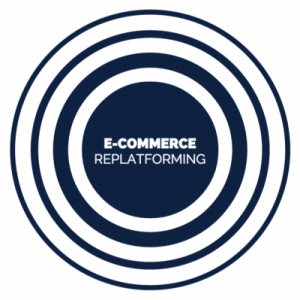How Brands Are Gearing Up For Halloween
Americans will be hoping to wear a different type of mask this Halloween.
After a year of living digitally, face-to-face socializing looks set for a return this Halloween, with more than half (56%) of people overall — and three quarters (74%) of young millennials (25- to 31-years-old) — planning the same or more parties than they did last year, according to our holiday survey.
Now with days until Halloween — one of the biggest sales drivers for consumer brands — companies will be hoping to regain some ground as the economy continues to rebound from the pandemic.
Marketers have a role to play in finding creative ways to celebrate. In many ways, the events of the past year have created an opportunity for companies to attract and engage with consumers in innovative new ways. For instance, last year, Jelly Belly capitalized on people turning to video conferencing platforms to entertain themselves by encouraging them to use the brand’s BeanBoozled Flaming Five Challenge, a “devilish” game of online Russian roulette with spicy-flavored candies.
This year, with uncertainty over celebrations lingering under the shadow of the Delta variant, now more than ever, consumers are looking to brands for creative ways to celebrate as their usual holiday traditions.
Just look at Mars Wrigley. After helping ensure Halloween 2020 was not canceled with the creation of Treat Town, a fun online experience where families could buy “candy credits” to send to trick-or-treaters to redeem for real candy from retailers both in-store and online, this year the company is bringing Halloween fun to communities where its associates live and work with its Treat Truck.
Finding the right blend of experiences. Well before the pandemic, social media and communications platforms were an inextricable part of daily life. The crisis has seen this trend become even more entrenched. The challenge for brands is to work with its full ecosystem of retailers and partners to deliver a seamless blend of physical and digital shopping experiences.
In the race to create relatable experiences for the consumer, some companies have turned to immersive technologies such as augmented reality (AR) and virtual reality (VR). Once merely a fun-to-have feature, these digital technologies have become an important tool for brands to stand out. Just look at Chewy. The online pet supply retailer has launched a “Fur-tual Boutique” virtual try-on experience for four-legged friends. The AR tool lets cats and dogs virtually try out Chewy’s most popular Halloween costumes from Frisco, including Cowboy, Killer Doll, Granny and Superhero. It’s a creative way to engage with consumers, and a lot easier than getting pets in and out of outfits as humans make up their minds
Look to the future. In the past year, the landscape has changed remarkably, and we will likely face continued changes and adaptations in the months and years to come. This is the time that brands can take a longer view and use this moment and as an opportunity to reset their capabilities across the business and capitalize on returning consumer demand.
(62)
Report Post







